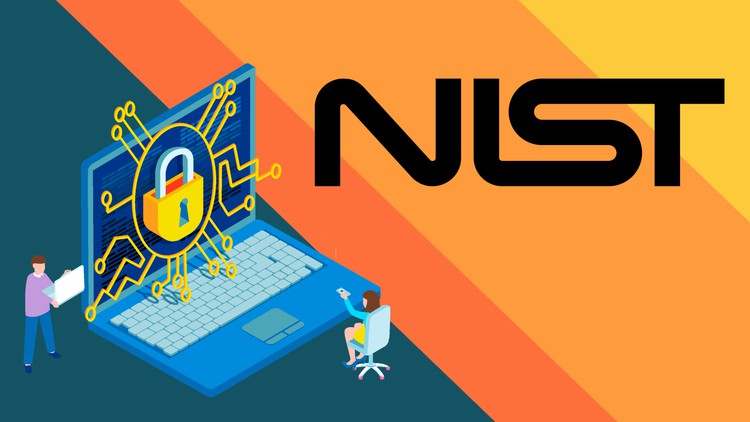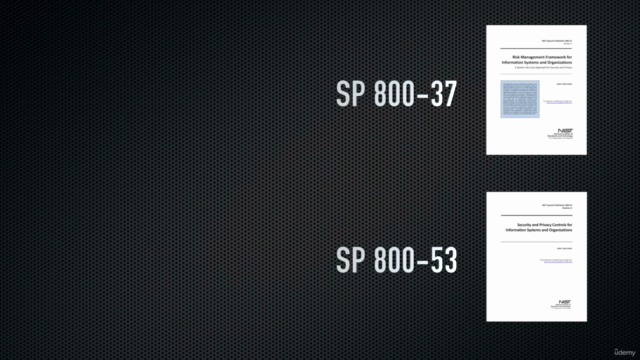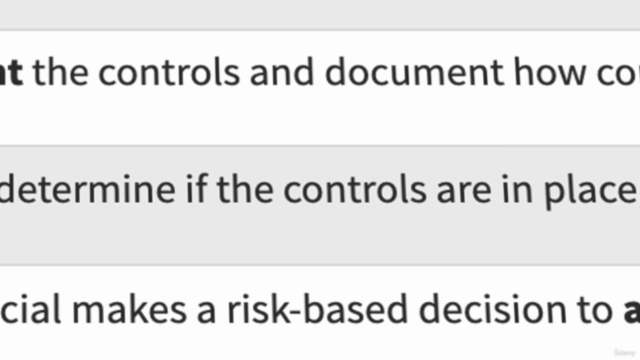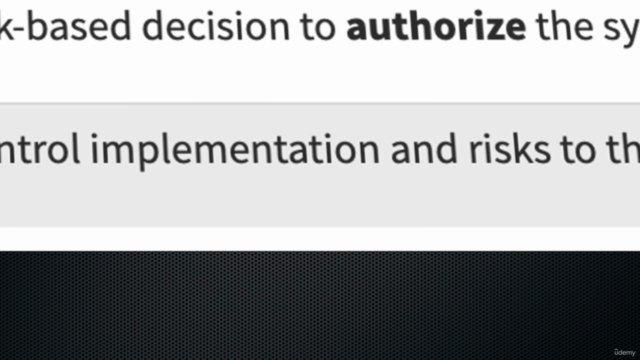Mastering NIST Risk Management Framework (RMF)

Why take this course?
🧩 Course Title: Mastering NIST Risk Management Framework (RMF)
🎓 Course Headline: Navigating Federal Standards, Control Implementation, and Continuous Monitoring
🚀 Course Description: Are you ready to become a certified expert in risk management and security control? Dive deep into the intricacies of the NIST Risk Management Framework (RMF) with our comprehensive online course. From understanding federal standards to hands-on control implementation and continuous monitoring, this course equips you with the knowledge and skills needed to excel in the field of information security and boost your understanding of best practices.
Foundation Phase: In the first phase, we lay the foundation for security and privacy management within an organization. We equip you with essential tools to prepare your organization for the comprehensive journey ahead.
🛡️ Organizational Security Risk Management: Dive into the realm of organizational risk management by shedding light on the various risks that senior leadership must discern. This section underscores the importance and advantages of risk management, as well as the relevant information security regulations that leaders must take into account in their risk management endeavours.
Exploring Existing Risk Management Frameworks: In the third segment, we embark on an exploration of diverse models that can be harnessed to implement the NIST RMF. We offer a comparative evaluation of these models and showcase the unique qualities that set the NIST framework apart from its counterparts.
Classifying Information and Information Systems: We begin with a detailed explanation of security impact analysis, exploring CNSSI 1253 Security Categorization and Control Selection for National Security Systems, as well as FIPS 199 Standards for Security Categorization of Federal Information and Information Systems. These resources are examined, compared, and contrasted to serve as guidance for organizations in the information system categorization process. The focus here is on understanding the tables provided in NIST SP 800-60, Guide for Mapping Types of Information and Information Systems, security categories, and applying FIPS 199 for implementing the security categorization process within the NIST RMF.
Handpicking Security Measures: We introduce FIPS 200, Minimum Security Requirements for Federal Information and Information Systems, which plays a pivotal role in defining security boundaries and establishing minimum security prerequisites. The discussion delves into the contents of the security plan and the continuous monitoring strategy, both of which are integral outcomes of the control selection process.
Executing Security Measures: The sixth section examines the system development life cycle (SDLC) and explains the timing of activities associated with security control implementation. It emphasizes the significance of standards development and acquisition processes in crafting an organizational information security architecture that integrates seamlessly with the enterprise architecture.
Scrutinizing Security Measures: We initiate our discussion by employing NIST 800-30, Guide for Conducting Risk Assessments, as a guide to comprehending the security risk assessment process. This section focuses on how to use NIST SP 800-53A for conducting effective assessments of security and privacy controls in federal information systems and organizations.
Authorizing Information Systems: The initial component of this section offers an exhaustive exploration of creating and distributing the security authorization package, which includes critical components such as the security plan, security assessment report, and the plan of action and milestones. We delve into the criteria these components must meet and the development of a plan of action and milestones for addressing any identified security vulnerabilities or shortcomings.
Maintaining Security Vigilance: This segment places a strong emphasis on strategies associated with continuous security control assessments, plans for addressing remediation, procedures for updating documentation and plans, implementation of security status reporting mechanisms, ongoing risk assessment and acceptance, and secure practices for information system decommissioning.
Real-World Case Studies: The final section offers a wealth of real-world insights through practical case studies. These model scenarios for implementing the RMF in diverse organizational contexts, providing concrete understanding and valuable strategies for RMF implementation across different settings.
By completing this course, you will have a comprehensive understanding of the NIST Risk Management Framework and how to effectively apply it within your organization. Join us on this journey to master risk management and secure your information systems against modern threats. Let's embark on this transformative learning experience together! 🚀🔒
Course Gallery




Loading charts...